There are days when all you choose is a plant that requires little care and maintenance. You don’t want to devote every holiday fretting and mowing your landscape; you prefer to cherish it! The good thing is that, if you pick the correct vegetation, you can easily maintain a variety of crops, including evergreens, perennial species, and annual crops.
You may draw pollinating organisms making your backyard a wonderful retreat after an exhausting day, and add an abundance of happiness with minimal work by incorporating these minimally maintained perennials and annuals to the outside of your house vessels, beds, or hedges.
Marigold:
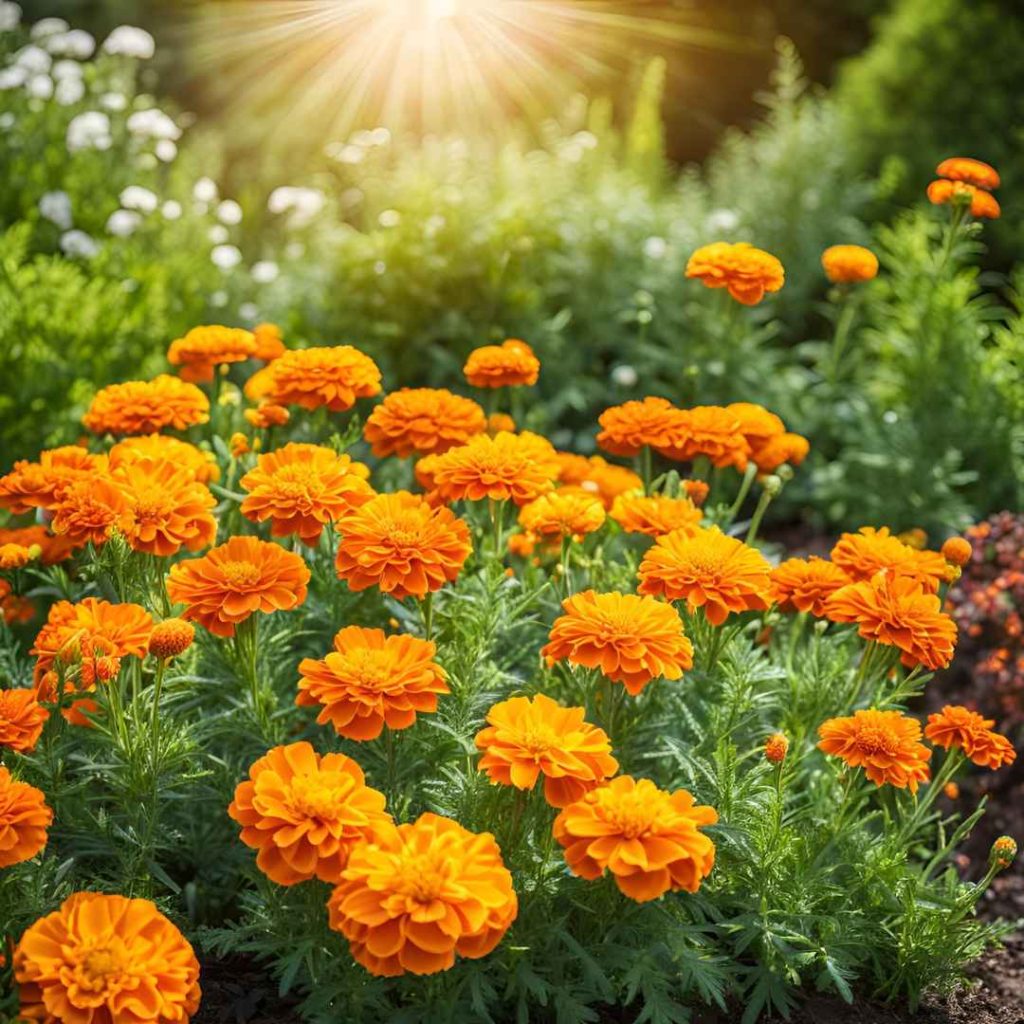
They are quite simple to cultivate, which is why these hardy yearly plants have been around for so long. They go nicely with different blossoms or provide beds and receptacles a splash of competing hue because they are available in a variety of hues, from canary yellow to vivid orange to milky white. Rabbits prefer to avoid them, and they flourish from potting until a strong frost.
Shrub Rose:
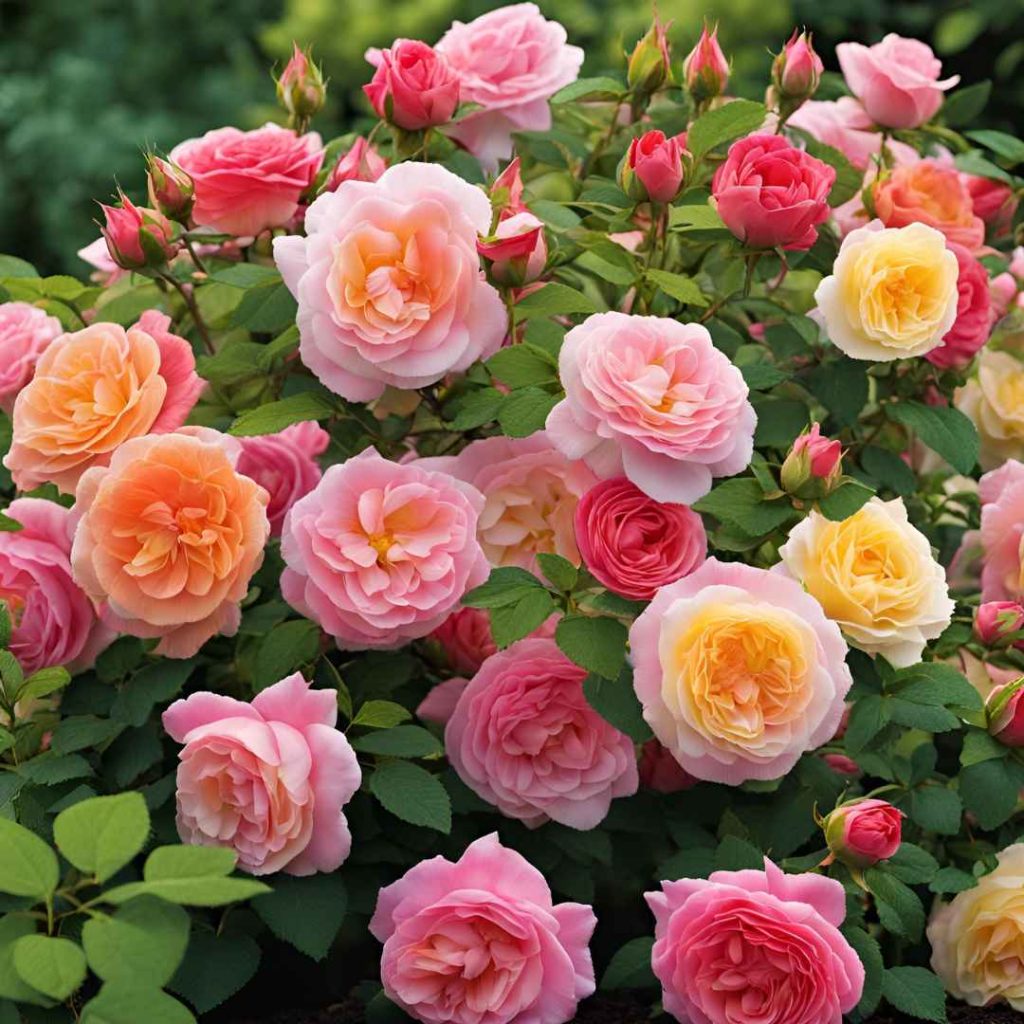
Fresh varieties of shrubbery roses aren’t finicky at all, despite popular belief! They emerge from springtime to October and can withstand extreme temperatures as well. To maintain them appearing nice for years, you only require to give them a brief manicure in the springtime, cutting them down by around one-third.
Sedum:
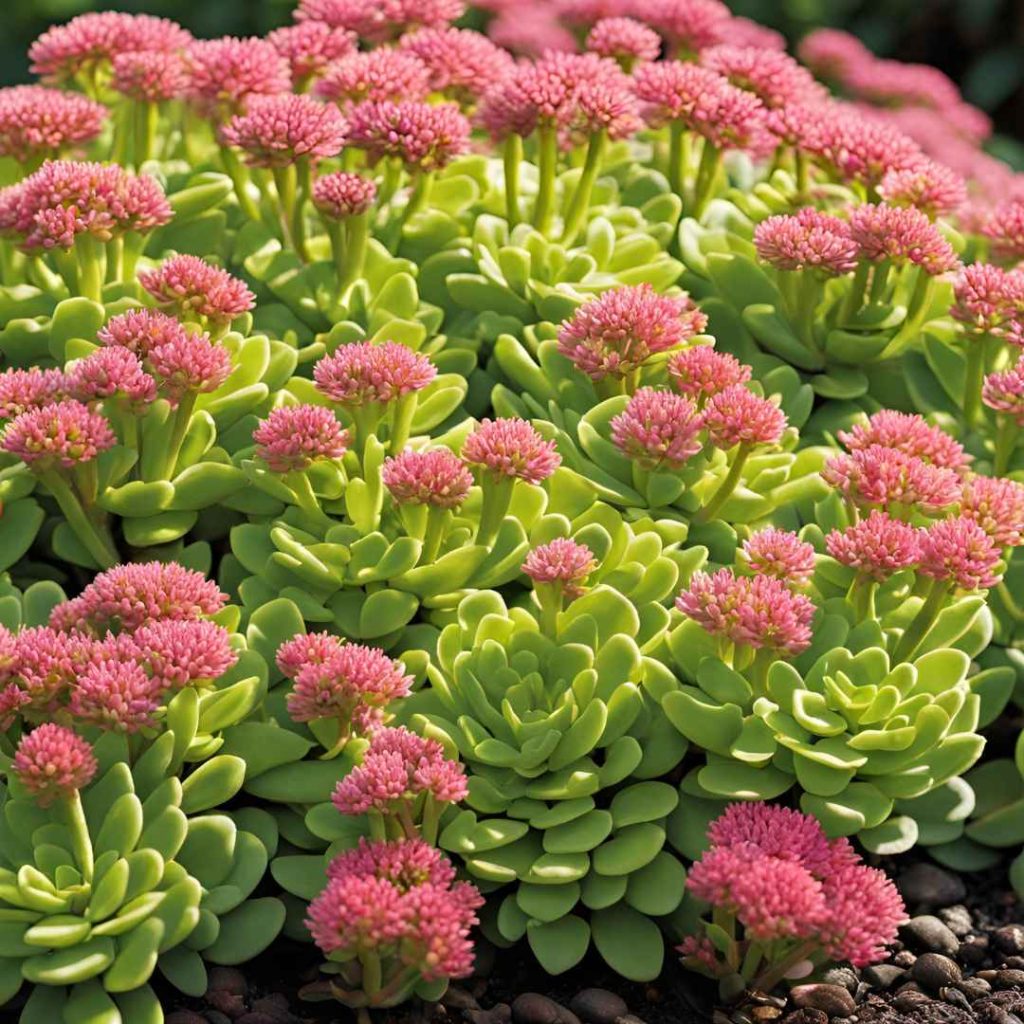
Sedum comes in a wide range of forms, involving sliding and erect types. Once developed, these tropical plants can withstand dryness and are a wonderful way to add visual interest and beauty to any landscape. Include them in rocky landscapes or borders.
Cranesbill:
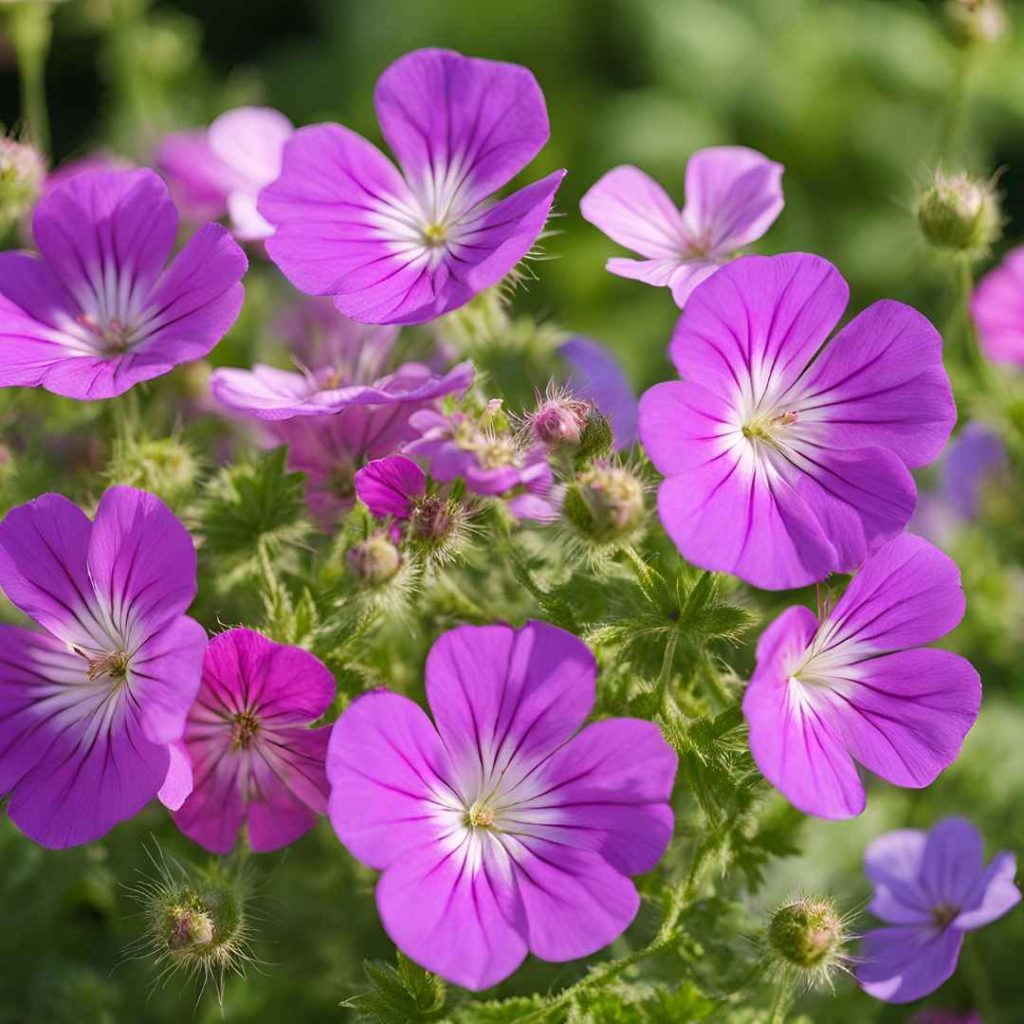
Farmers frequently ignore this lovely, lesser-known perennial, also known as a tough or perpetual geranium, but they should be granted it needs very little maintenance. relying on the cultivar, it has delicate blossoms that float over the greenery in the last weeks of spring to summertime and expands swiftly in a beautiful arranging pattern.
Butterfly Bush:
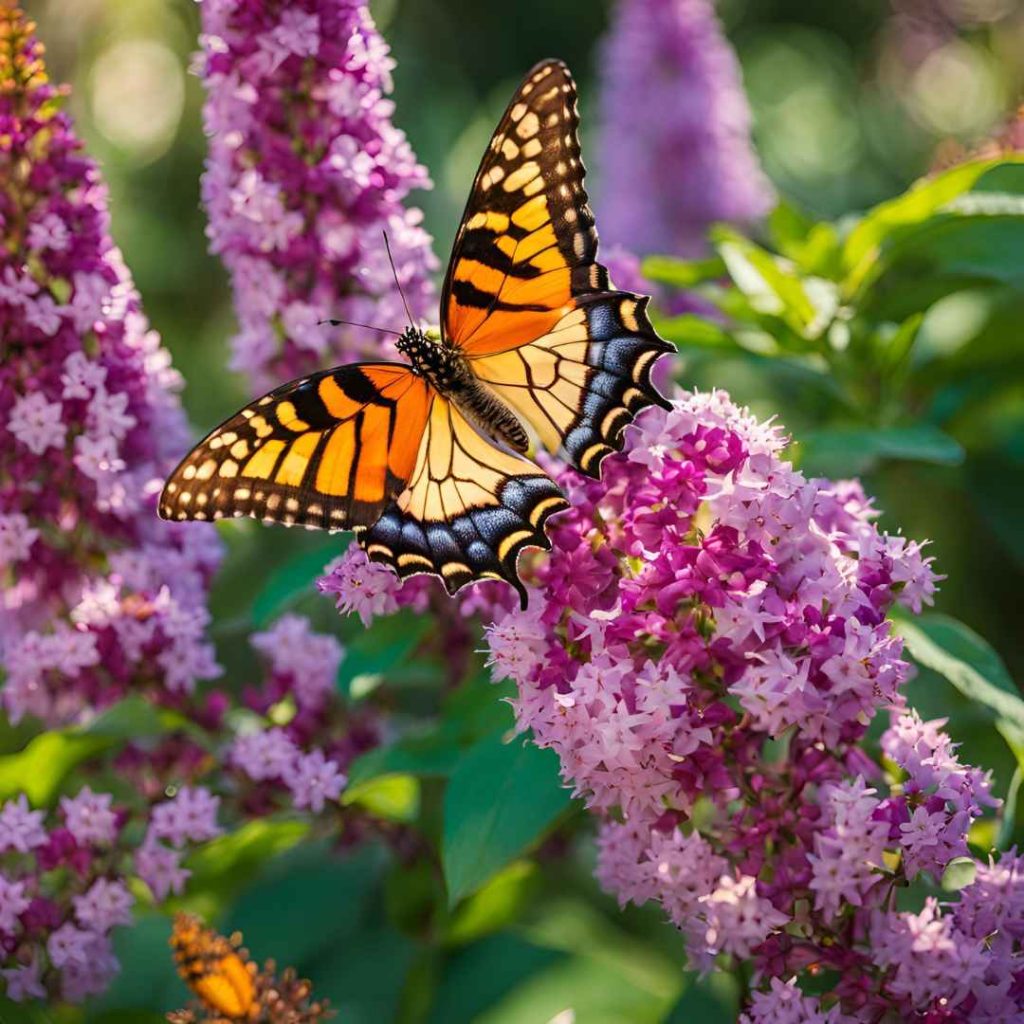
To incorporate this dependable blooming into mixed boundaries, attempt to find smaller versions. Younger cultivars don’t grow as large or invading as prior generations, and butterflies adore it. Throughout the entire summer, until icy conditions, the tufts of blossoms can be pinkish, purple, or white.
Pansies And Violas:
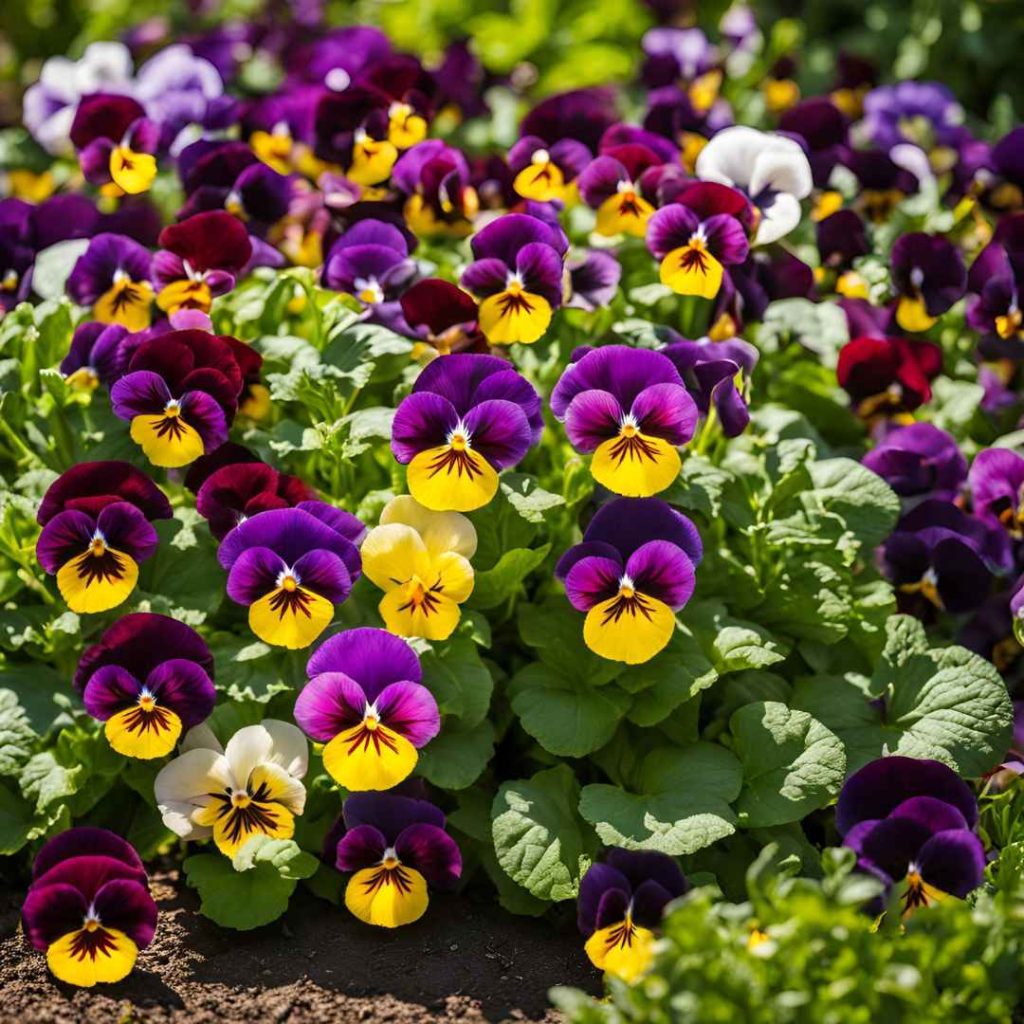
There are numerous beautiful hues of these witty mini blooms! They are excellent for providing shade to early springtime and autumn landscapes because they like colder temperatures. Although many types develop seedlings so they will reappear the following springtime, they are regarded as yearly plants in the majority of the land. They might persist for the majority of the colder months in warmer regions.
Daffodil:
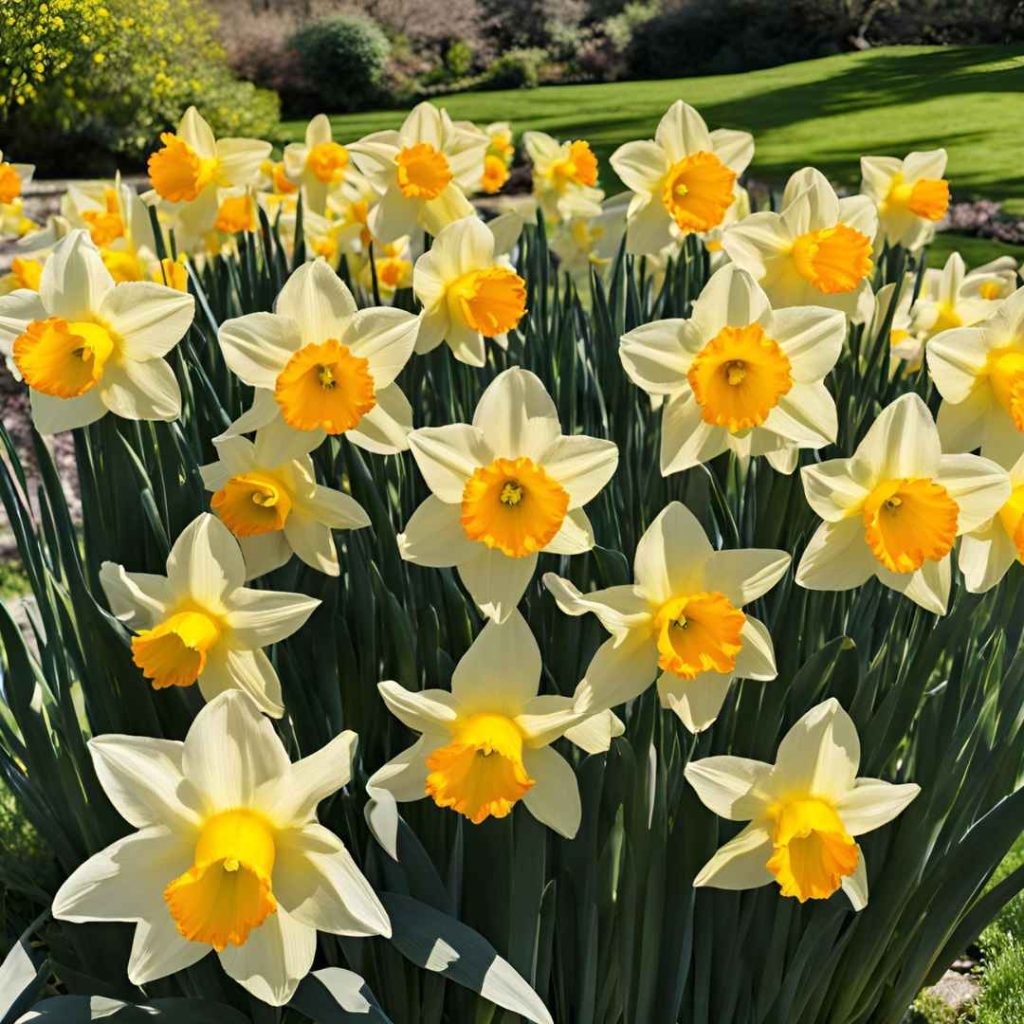
An essential addition to every landscaped area are these cheerful spring-blooming daffodils. When you can’t stand another dreary wintry week, grow them in the autumn for blossoms the following springtime. Cooler still? They will flower for years, and reindeer and rats that dig prefer to abandon them free.
Hyacinth:
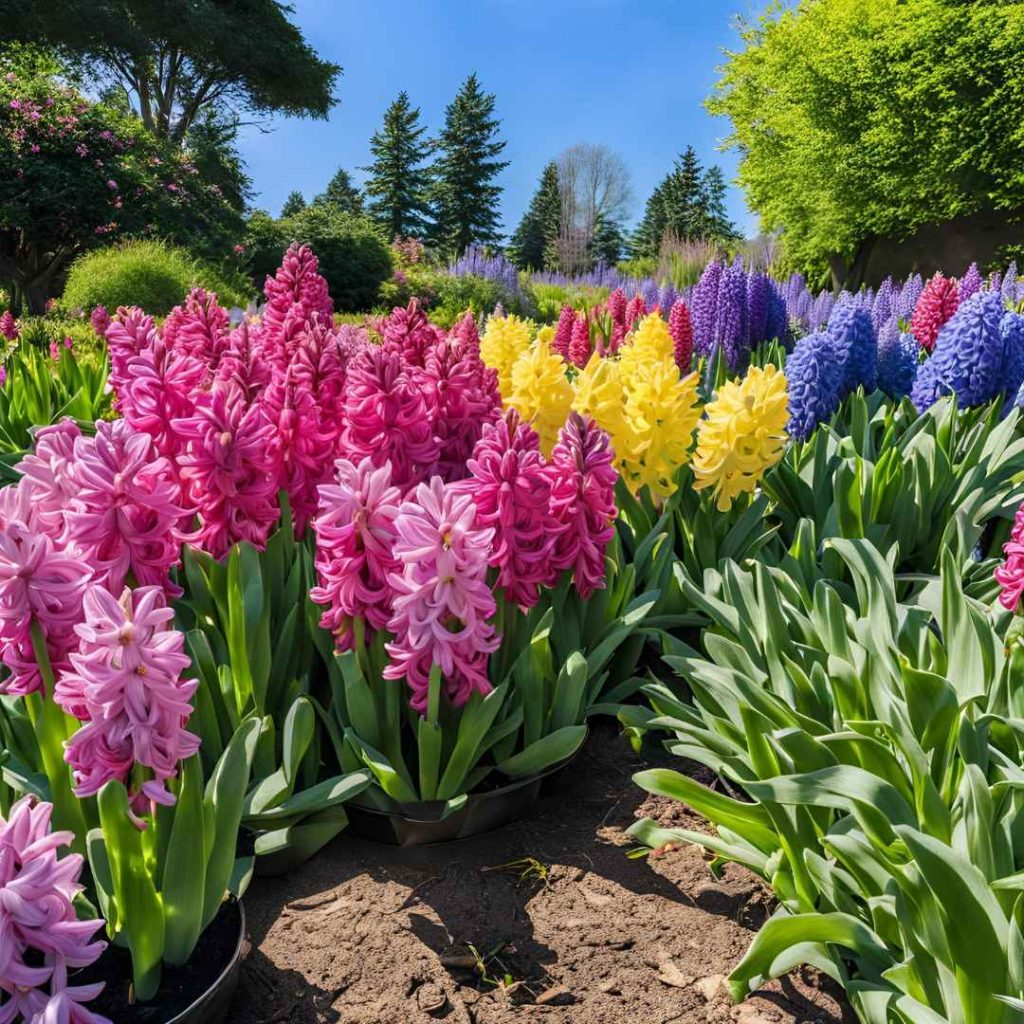
These are yet additional varieties of spring-flowering hyacinth that the animals in your area usually ignore. They come in gorgeous hues that range from vibrant pink to mild navy, and their pleasant scent lets you know that springtime is officially here. Additionally, they will come back year after year.
Panicle Hydrangea:
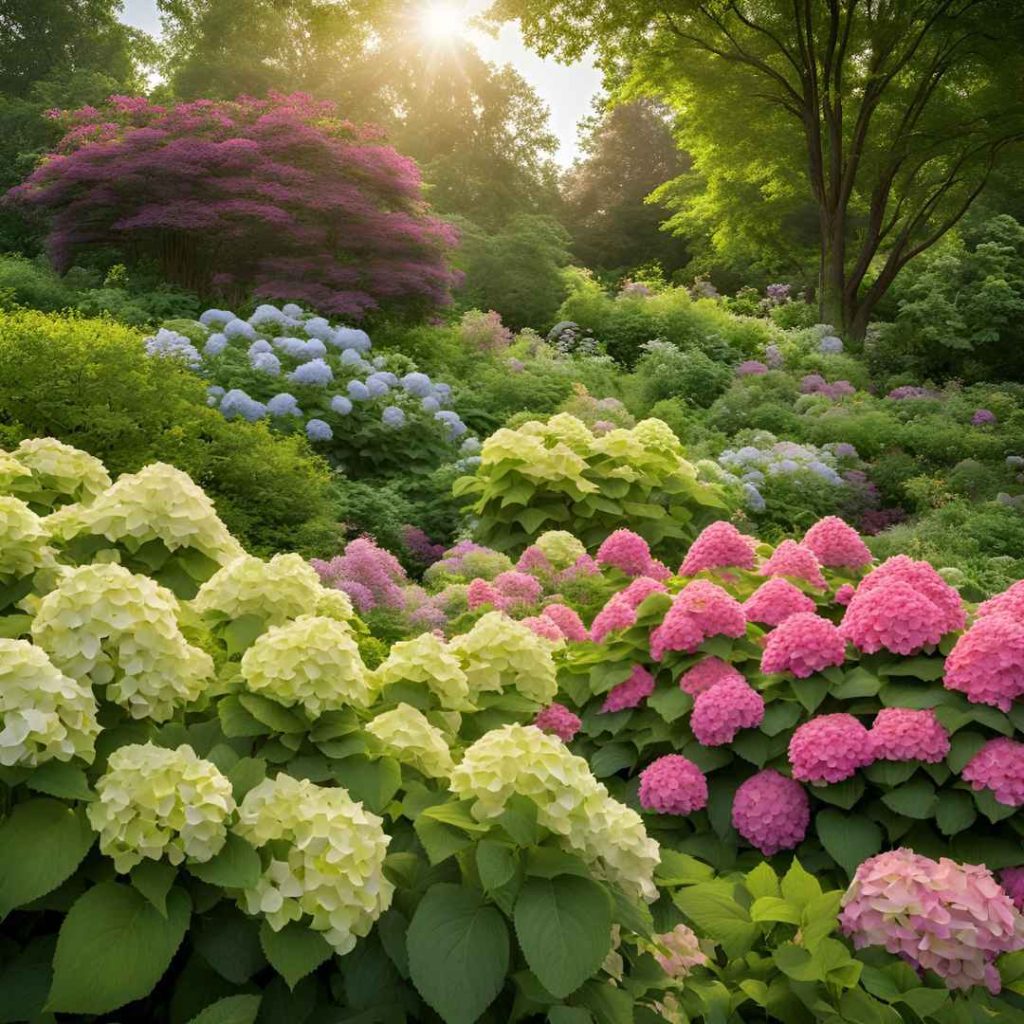
The simplest blossoming plants to plant are panic hydrangeas, often known as Pee Gee varieties, if you want a low-maintenance option. They appear as though you put a great deal of effort into them, but in reality, you did absolutely less! They flourish from the middle of summer until autumn.
Panic hydrangeas develop on fresh trees, which implies that you can arrange them by trimming a bit in springtime (though it’s not essential!) lacking the danger of chopping off the blossoms, which occasionally occurs with other species that include mountain hydrangeas.
Sweet Alyssum:
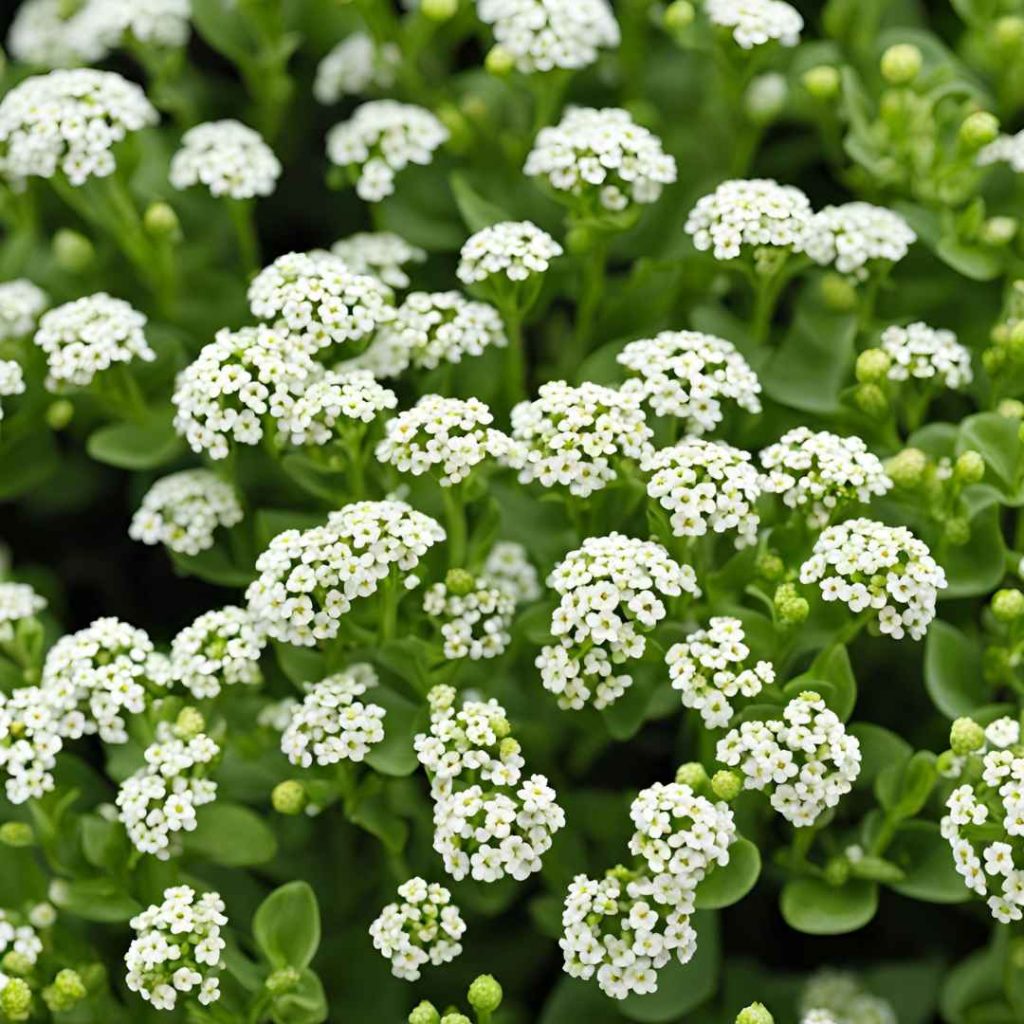
With a sweet, honey-like aroma that attracts butterflies and a hardy blossom from early spring cultivation to a harsh cool down, this attractive annual turns stunning when it tumbles out of containers, hanging baskets, and onto stone structures.
Sweet Potato Vine:
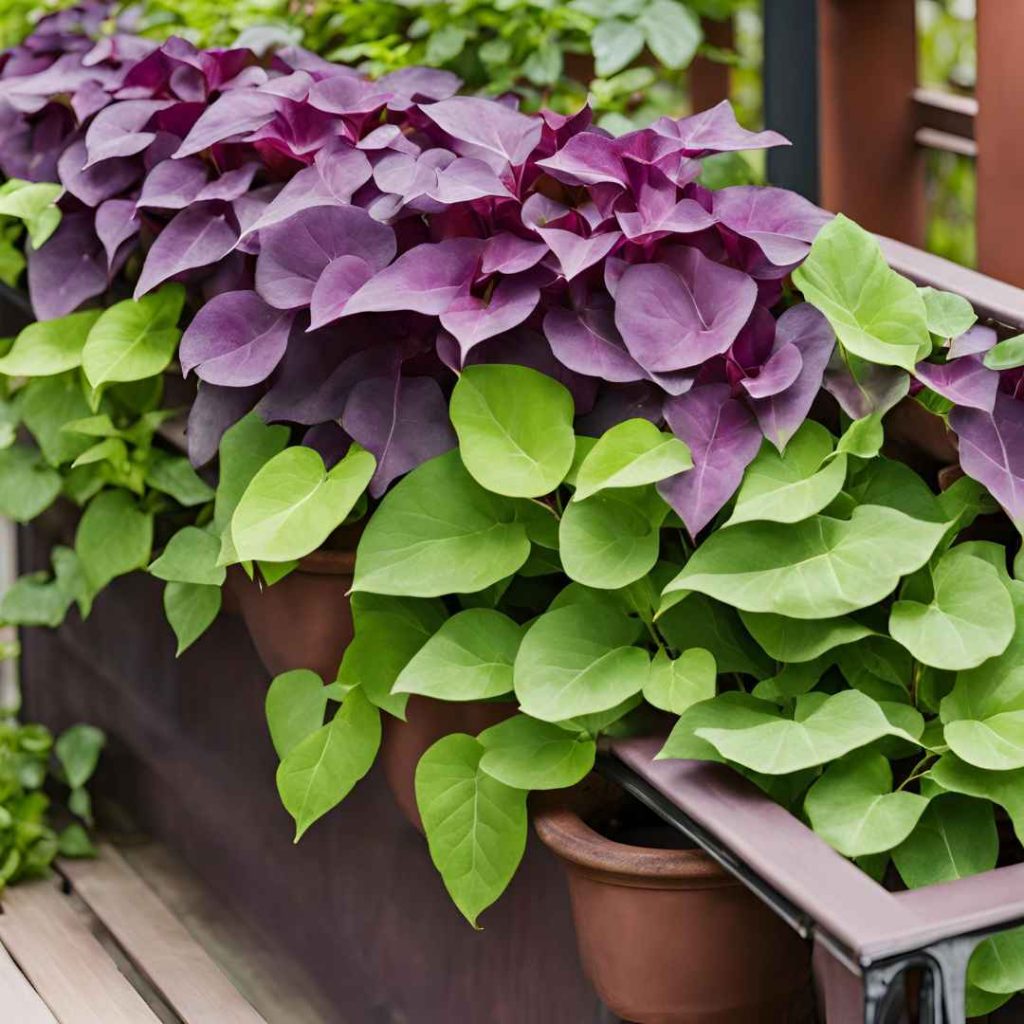
Although it may not seem remarkable, this annual exists in a variety of colors, including lime green, dark reddish in color pink-variegated, and pastel green. Giving this branch a separate pot since it has a tendency to sprawl over, but grow it wherever you may appreciate its flowing pattern.
Spirea:
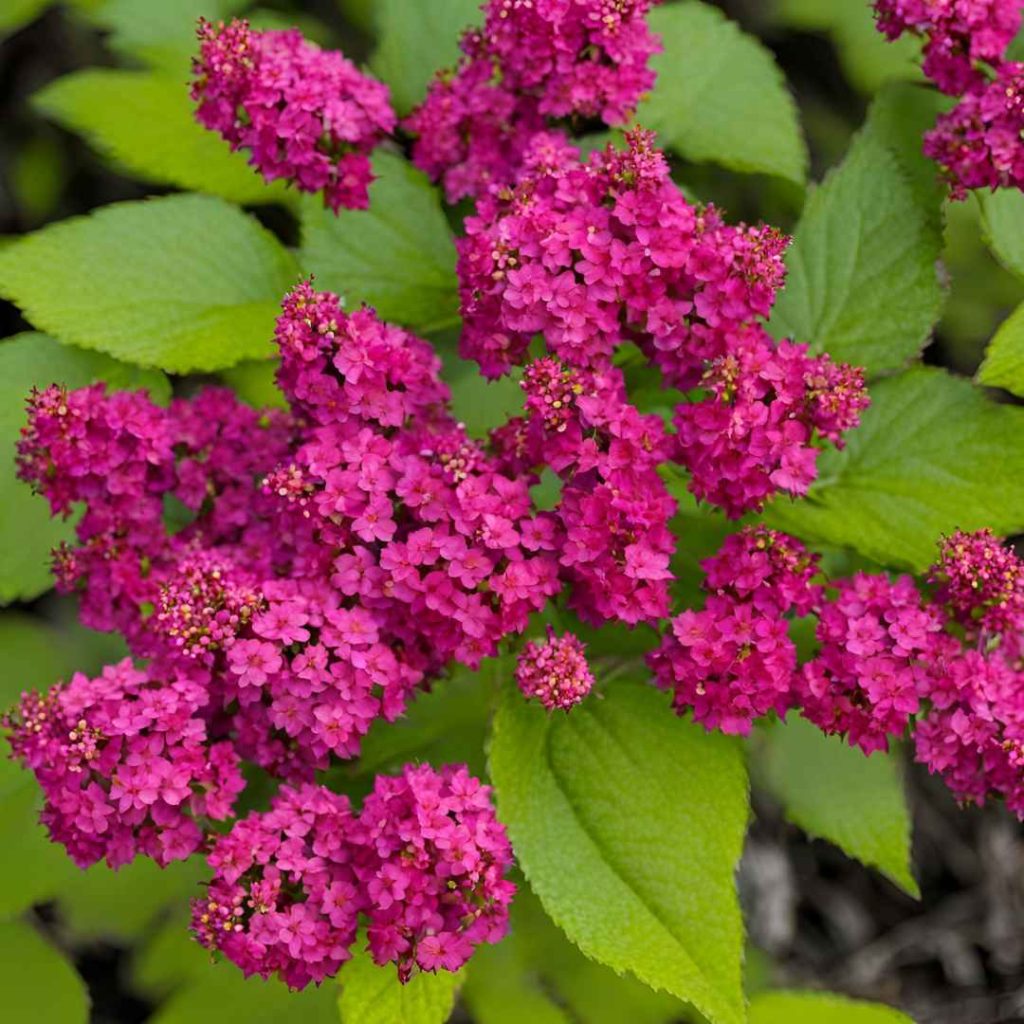
Spirea is a robust minimal shrubbery that grows to a height of several feet to seven or eight feet. Many fresh varieties feature lovely summertime and springtime blossoms that attract pollinating organisms as well as beautiful greenery that becomes pinky before becoming green. To appreciate this plant to the fullest, search for re-blooming variants.
Ornamental Grass:
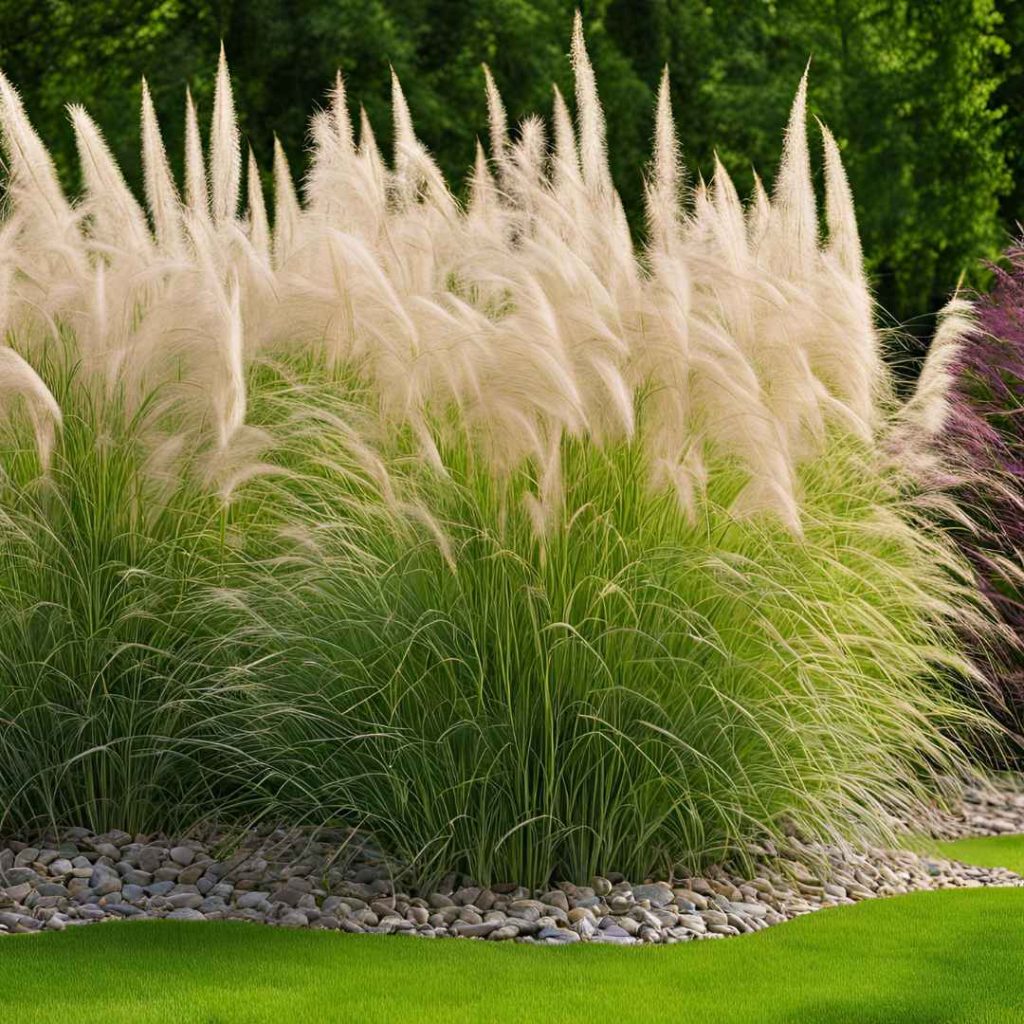
Use decorative grasses to give a blended boundary character and charm. They appear wonderful year after year and require very little maintenance. They range in dimensions from one foot to eight feet in height and come in a variety of colors, including turquoise, greenish, and gold.
Heuchera:
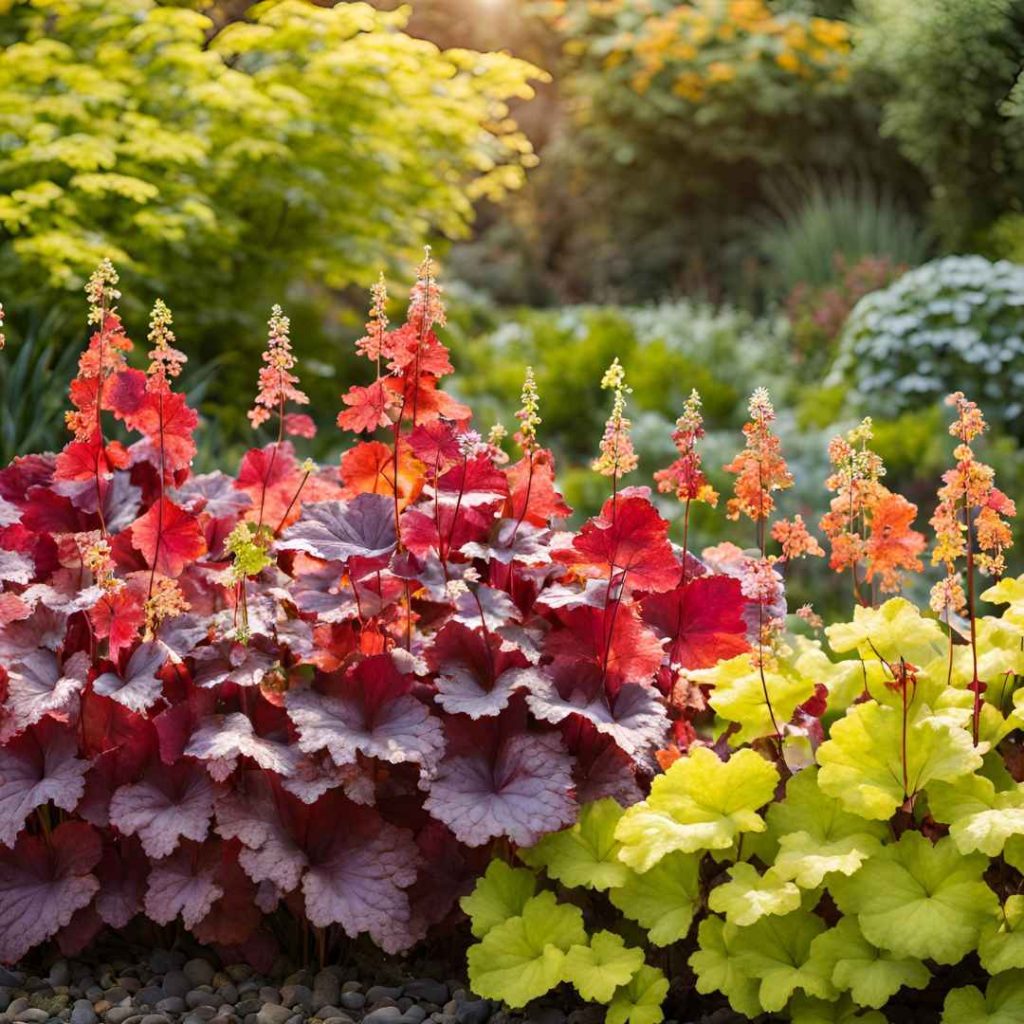
The tiny needles of summer blossoms are not as much of a reason for growing this perennial as its lacy, multicolored leaves. It comes in a range of colors, including emerald to almost blackish, and rabbits and descended animals usually ignore it. Grow in clusters for optimal impact.
Black-Eyed Susan:
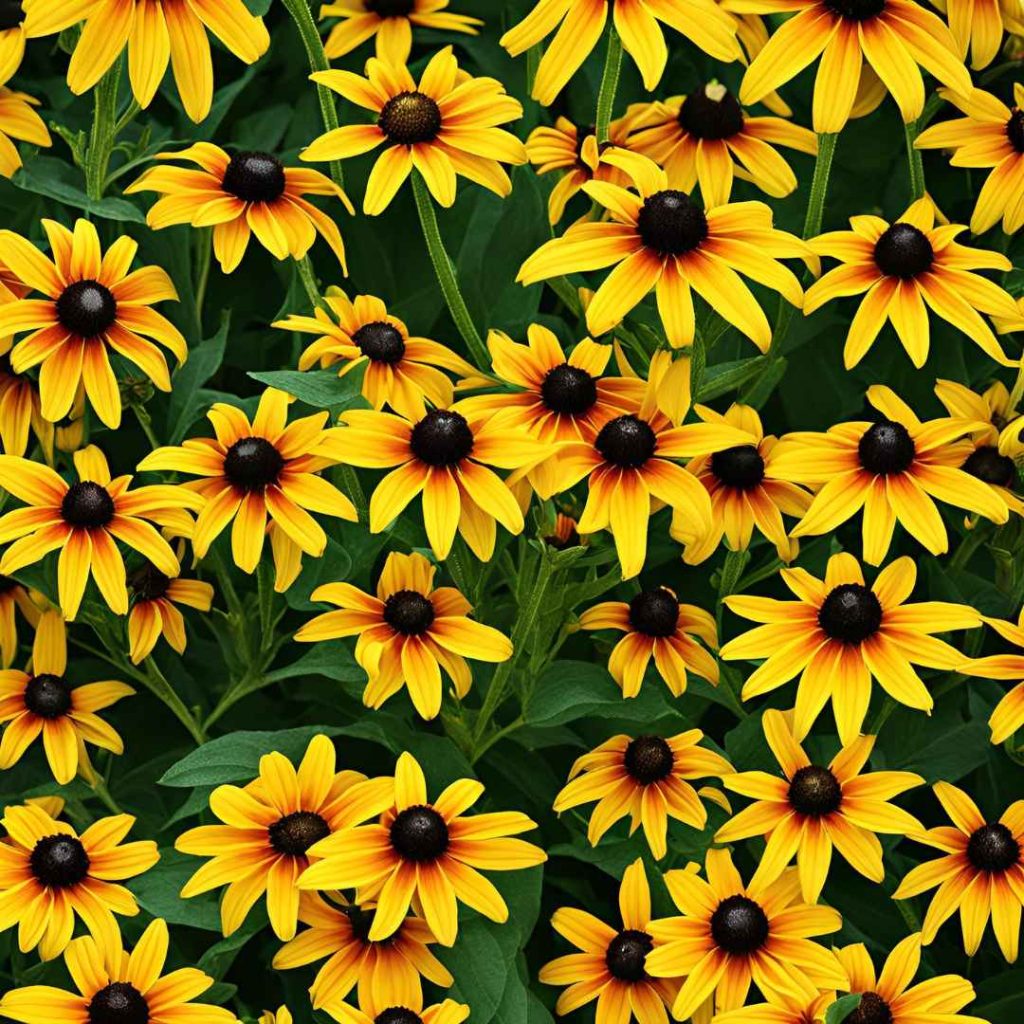
Black-eyed Susan s begin blossoming just as the planting season is about to settle down for summertime. With their gorgeous glowing blooms and brilliant blackish cores, these happy bouquets inspire you to crave a grin. Study the label to find out what you’re purchasing because there are yearly and everlasting varieties.
